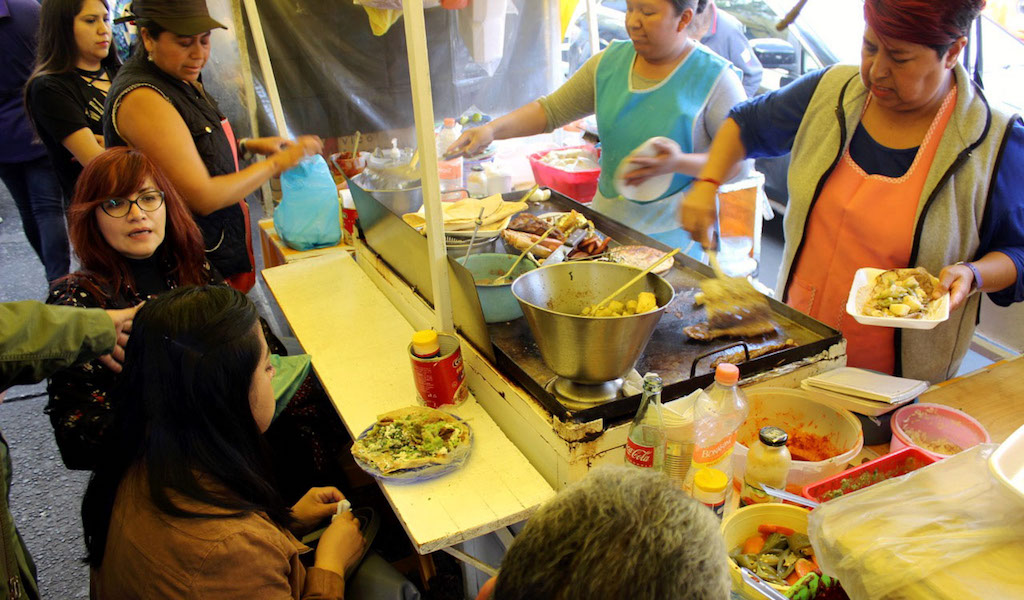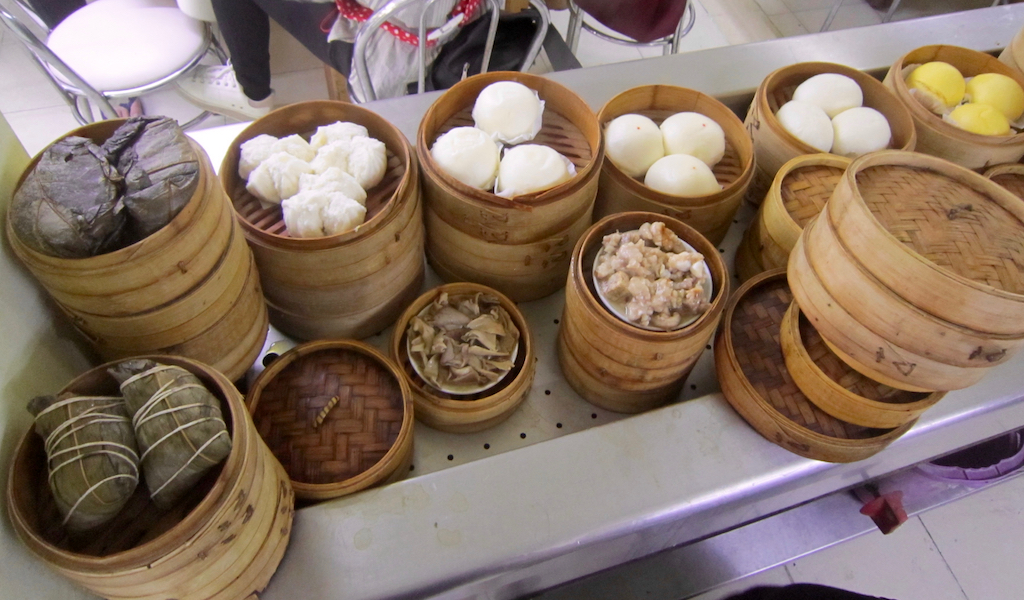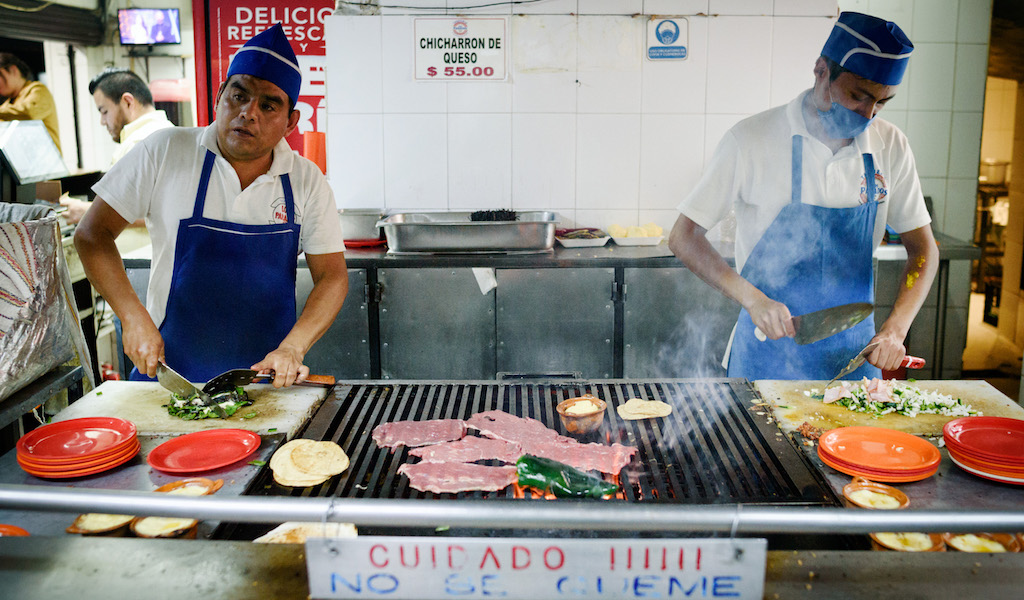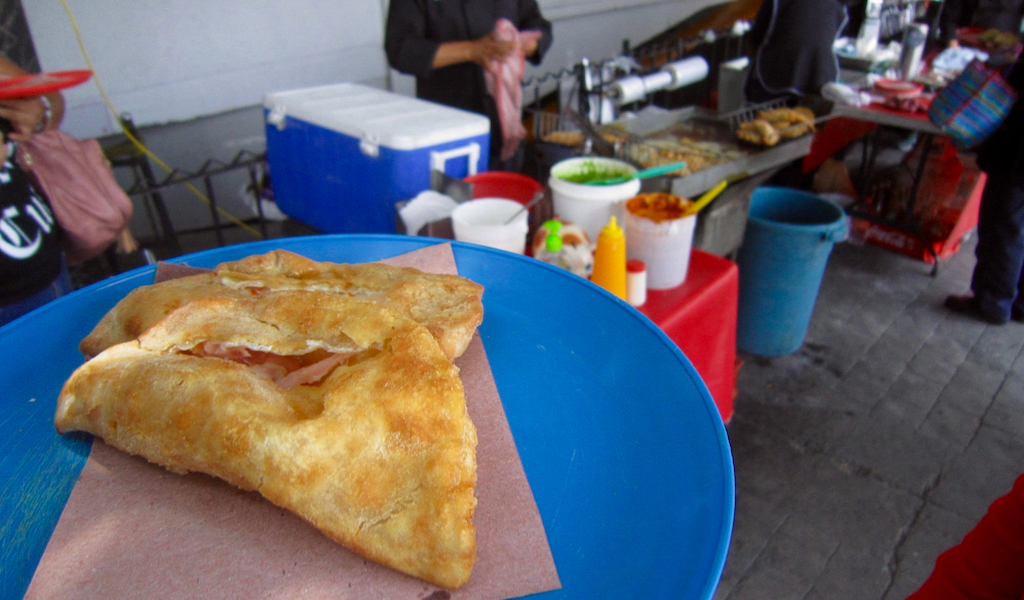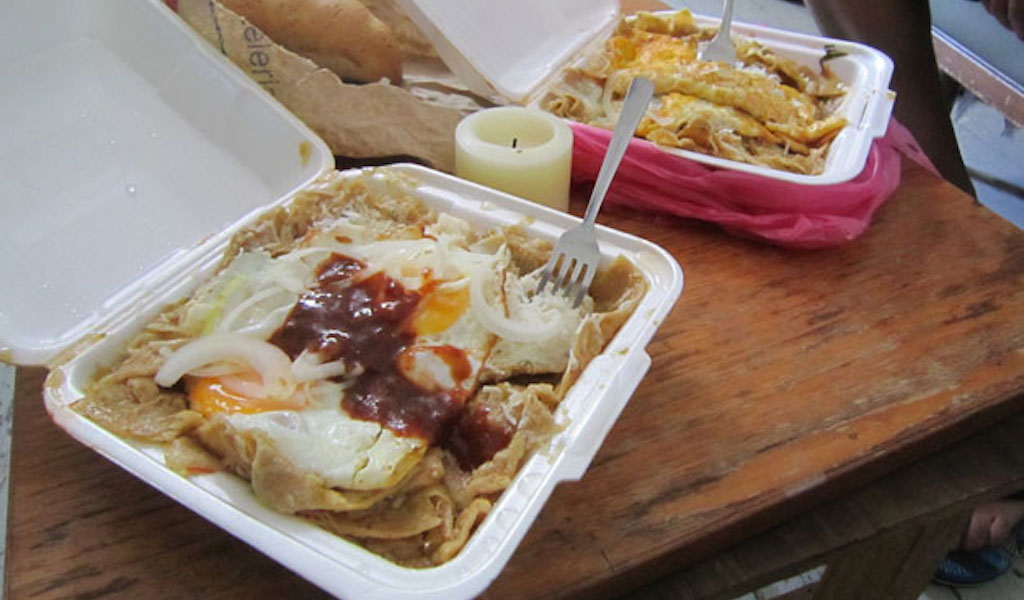We can't find the internet
Attempting to reconnect
Something went wrong!
Hang in there while we get back on track
Search results for "James Young"
Mexico City
Antojitos Mexicanos Raquel: A Shot of Vitamina T
The little stall run by Raquel Ángeles and her sister Evi on Balderas Avenue in Mexico City looks like any other of the tens of thousands of stands across the capital that serve millions of people every day. And yet, having eaten at hundreds of these places over the last two decades, we can safely say that the unassuming Antojitos Mexicanos Raquel sits right at the top of our list of go-to spots for a shot of “Vitamina T.” Most Mexicans have to count every peso, and a single hearty meal often has to serve in place of three squares a day, so, borne of necessity, you get “Vitamina T,” a catchall phrase stemming from the preponderance of “T”-named foods.
Read moreMexico City
Jing Teng: More Chino, Less Mexicano
Before we got down to the business of food, there was the business of tea. As soon as we were seated at one of the large round tables at Jing Teng in Mexico City’s Viaducto Piedad neighborhood, our server, Montse, placed a pot of piping hot red tea on the lazy Susan in front of us. As we took our first sip, we noticed the steam billowing out of the kitchen and the chatter of Sunday morning patrons casually conversing in Cantonese in between long stares at a mounted television blasting a cable Chinese news program. An unassuming diner, Jing Teng caters to the community of (somewhat) recently arrived immigrants from China who have settled in the neighborhood.
Read moreMexico City
Taquería Los Parados: No Seats Required
Our trip to Taquería Los Parados in Roma Sur last month began like any other: we gathered up four friends and began the trek to this beloved taco spot. But the dark, moody sky threatened rain, and in anticipation of a gushing downpour, we piled into a cab minutes before the first giant, icy cold rain drops began to pelt down. As was so often the case on July and August evenings in Mexico City, we were at the mercy of the Aztec rain god Tlaloc. Our destination, Los Parados, is one on a short list of taco joints usually shouted at full volume to rally the hungry boozers after a Roma-Condesa bar crawl. On this night, however, it was the taxi itself getting sloshed.
Read moreMexico City
Los Sinaloenses: Fish Cartel
The northwestern Mexican state of Sinaloa is nestled between the western Sierra Madre Mountains and the Gulf of California – putting it between surf and high desert, and the sea doth offer bounty. Be it gigantic squid, run-of-the-mill “fish” or marlin, the sinaloenses fear not the chopping block when it comes to seafood, and the state’s devil-may-care attitude (cooking with lime instead of actual heat) comes full force at Los Sinaloenses, located in trendy Roma Sur. The scrappy refuge lights onto a seafood-based, regional cuisine that manages to stand out in a nation with more than 9,000 km of coastline. It’s characterized by an array of ceviches, cocktails and other arthropod and piscine specialties.
Read moreMexico City
Los Abuelos Empanadas: Earthquake Proof
The neighborhood of San Miguel Chapultepec sits on the west end of Mexico City’s hipster corridor that runs east through Condesa and on to Roma. In the last decade, these neighborhoods have flowered with bars and restaurants fed by tourists and young people eager to impress. The corridor also had the terrible misfortune of being in the crosshairs of the 7.1 magnitude earthquake that struck the city shortly after 1 p.m. on September 19, 2017, toppling familiar buildings and sending all pretense crashing to the floor.
Read moreMexico City
La Joya: Hangover Helper
Mexican diners offer a place for many in the capital to go for simple eats, often for people struggling to make ends meet. The key is to look for a crowded lunch bar lined with clients downing food before they have to head back to work. For example, if you find yourself strolling down 5 de Febrero, a few blocks south of the Zócalo, about to hit the new, city-funded arts district along Regina and San Jerónimo, consider Panadería La Joya. One of the classic greasy spoons downtown, La Joya stands out not for its innovation or hip atmosphere, but for its spot-on, tried-and-true renditions of Mexico’s hits. The place feels timeless. We tracked down the oldest worker, there for 40 years, and he admitted he had no idea when or who began the place.
Read moreMexico City
La Miniatura: Small Cakes, Big Business
Julian Ramirez started out at the age of 14 as a shop boy at a busy bakery in Colonia Guerrero in 1959, then a bustling blue-collar neighborhood, easily connected to downtown by streetcar. Back then, at La Antigua del Guerrero, he learned the business: wiping windows, sweeping up and eventually making deliveries on his bike. One nibble at a time, he picked up the art of cake- and bread-making from the shop’s master bakers. Those trade secrets would serve him over the next 63 years and beyond as they pass on to his kids and theirs. Many of Mexico’s classic bakeries like the Guerrero operation fell one by one with the introduction of mass-produced bread, tearing at a staple of communities across the capital.
Read more